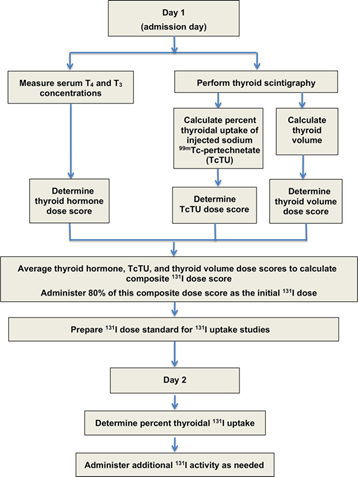Source: J Vet Intern Med. 2021 Sep;35(5):2140-2151.
doi: 10.1111/jvim.16228.
Hyperthyroidism is a common disease in cats, and mostly afflicts cats middle-aged and older. It is caused by the overproduction of thyroid hormone by the thyroid glands. In affected cats, a wide variety of signs usually develop, but these are usually subtle at first, and become more severe over time as the underlying disease gets worse. The most common clinical signs of hyperthyroidism are weight loss, increased appetite, and increased thirst and urination. Affected cats may develop periodic vomiting or diarrhea, and fur may appear unkempt.
Radioiodine (131 I) is the treatment of choice for hyperthyroidism in cats, but current 131 I-dosing protocols can induce iatrogenic hypothyroidism and expose azotemia. To solve this issue, Peterson, ME and Rishniw, M conducted a research to develop a cat-specific algorithm to calculate the lowest 131 I dose to resolve hyperthyroidism, while minimizing risk of iatrogenic hypothyroidism and subsequent azotemia. Their study suggested that the median calculated 131 I dose of 1.9 mCi (range, 1.0-10.6 mCi) resulted in cure rates similar to historical treatment rates, despite much lower 131 I doses. By lowering the prevalence of iatrogenic hypothyroidism, this low‐dose algorithm also lowers the rate of azotemia that develops after 131I treatment.

For detail information please check the original paper: https://www.ncbi.nlm.nih.gov/pmc/articles/PMC8478068/

